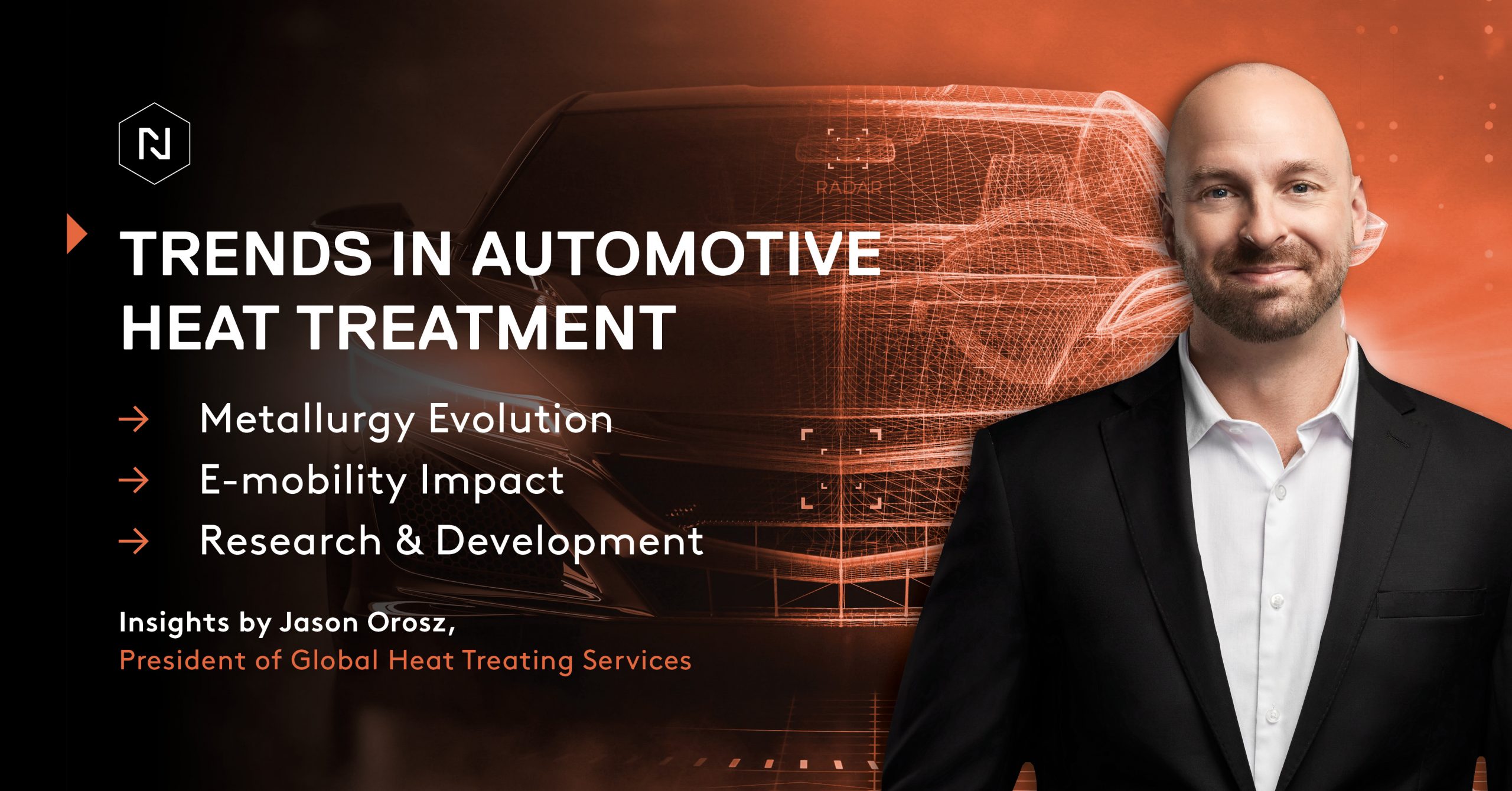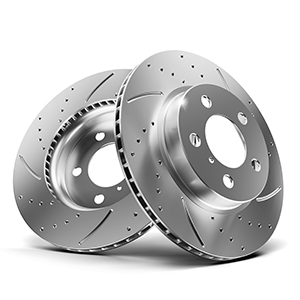Installment 1: Evolution of Heat Treatment in the Automotive Industry
The automotive industry stands at the crossroads of evolution. As consumer demands shift and the industry further embraces zero-emissions and sustainability, heat treatment processes crucial for ensuring component functionality and durability are undergoing a transformation.
In this insider’s piece, Jason Orosz, President of Global Heat Treating Services at Nitrex, examines six forces shaping the heat treat landscape for automotive manufacturing.
1. Metallurgical Evolution: Nitriding and Nitrocarburizing Reshape the Norms
In automotive part manufacturing, upstream processes focus on facilitating machining and providing basic strength, ductility, and dimensional stability. Downstream processes concentrate on improving the durability and longevity of substantially or completely finished products.
While plating methods are often used downstream, there is a shift in the rise of advanced surface treatment processes like low-temperature nitriding and ferritic nitrocarburizing. These eco-friendly treatments herald a departure from conventional and less sustainable plating methods. For example, chrome plating of brake systems is environmentally and health-wise harmful due to carcinogenic hexavalent chromium waste. That’s why many OEMs and tier-1 manufacturers now choose controlled nitriding and nitrocarburizing for their environmental goals.
Unlike plating, which simply coats the metal part, nitriding and nitrocarburizing represent a metallurgical evolution of the steel itself. This transformation process at the surface ensures increased durability without the environmental drawbacks associated with processes like chrome plating, underlining the intrinsic advantage of nitriding that “nothing can fall off or fail catastrophically.”
2. E-Mobility Impact: Navigating Heat Treatment Challenges in Electric Vehicles (EVs)
As the automotive landscape transitions to electric vehicles, a shift in component designs and associated heat treatment processes becomes imperative. While the overall number of components requiring treatment may decrease due to simplified powertrains, the weightier nature of EVs necessitates additional heat treatment in specific areas like suspension, braking, and steering systems.
Moreover, the transition to electric vehicles introduces challenges related to particle emissions. Stringent requirements, as outlined by Euro 7 regulations, focus on reducing particle emissions from sources such as brake rotors. With regenerative braking systems potentially accelerating corrosion on rotors, innovative solutions like Smart ONC®, an advanced nitrocarburizing process with post-oxidation, are gaining traction to meet environmental standards.
3. Research and Development at the Helm of Efficiency and Sustainability
Nitrex’s commitment to innovation is evident in its extensive R&D operations across North America and Europe. As both a manufacturer of heat treatment equipment and a commercial heat treater, Nitrex has achieved remarkable advancements in efficiency and sustainability.
Nitrex continuously looks to increase process efficiency and sustainability and has done so by 100 to 150 percent over the last 10 years. The development of new sensors and control systems has allowed the company to push the envelope of the types of surface layers it can produce, improving quality and performance, and often surpassing salt spray fog testing, like the ASTM B117, or cyclic corrosion testing operations favored by many automotive OEMs.
Part 2 is now available, offering insights on Sustainability, Strategic Decision-making, and Technical Partnership. Read more here.
* This article is drawn from the insights shared by Jason Orosz, President of Global Heat Treating Services at Nitrex, in a podcast broadcasted in July 2023. It offers a strategic perspective on the dynamic changes shaping the future of heat treatment in the automotive component industry. If you are interested in listening to the podcast, click here.




